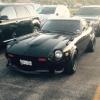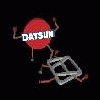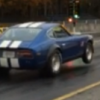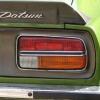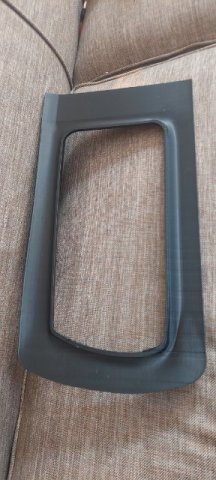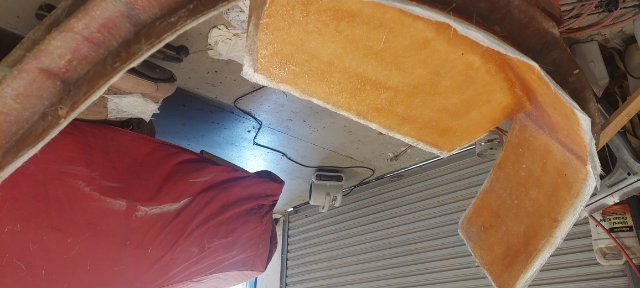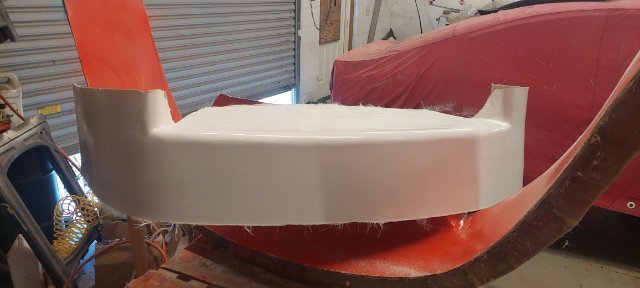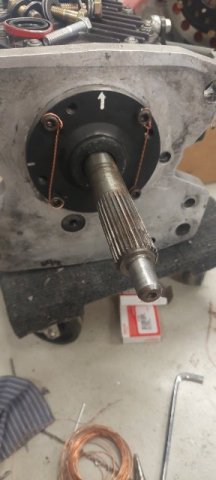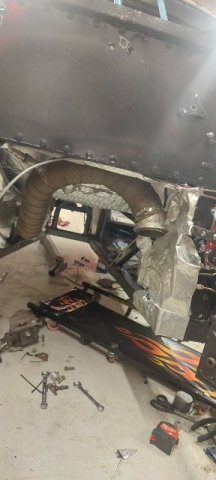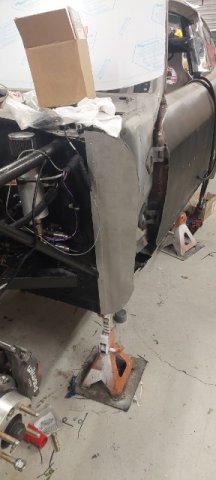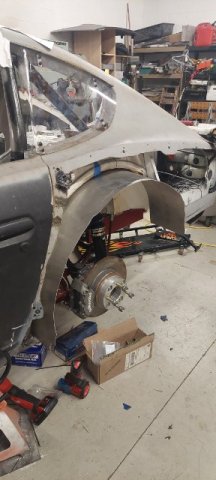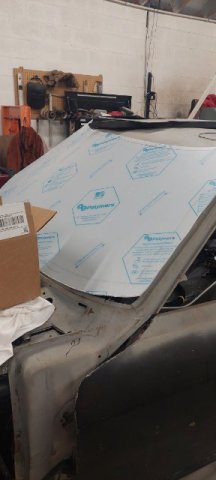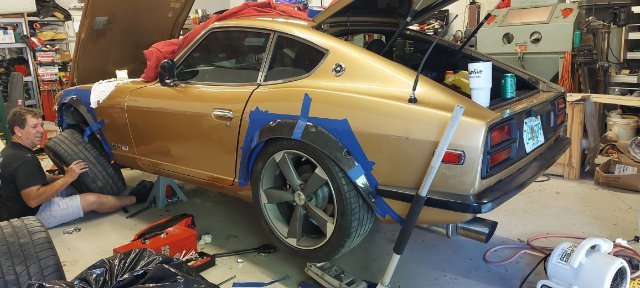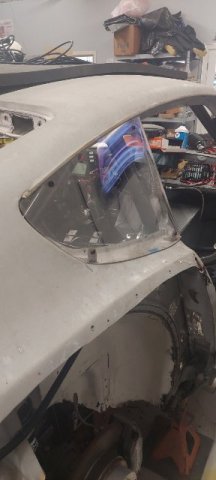-
Posts
853 -
Joined
-
Last visited
-
Days Won
35
clarkspeed last won the day on May 26
clarkspeed had the most liked content!
About clarkspeed
- Birthday 04/22/1965
Profile Information
-
Gender
Male
-
Location
Downtown Orlando Florida
-
Interests
Building and racing cars. Anything automotive. Guitars. Local music played in local clubs.
Recent Profile Visitors
clarkspeed's Achievements
-
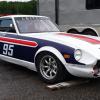
Fast Floridian's 240Z Track Build
clarkspeed replied to FastFloridian's topic in S30 Series - 240z, 260z, 280z
Good luck. A lot depends on the compromises you are willing to make. Ultimate Track Car and dominating time trials is a lofty goal. A good, fast, reliable, safe track car is very achievable and will bring many smiles. -
This very topic kept me up at night. Most set it to front spindles after removing dust cap. Probably fine for street use, even setting to front brake rotor is not bad. If you want better you have to find a true Centerline for the car. A true thrust alignment. I set mine to a spot between the 2 inner front control arm pivots. Seemed to be the only spot I trusted to be true on a unibody that has seen many repairs.
-

IMSA GTU vintage racer build
clarkspeed replied to clarkspeed's topic in S30 Series - 240z, 260z, 280z
Ok, tell of the tape. The Emporor has no clothes. Never mind the cross weights and I had the pads at wrong locations and 2 flat tires. But little disappointed at the final number. Really hoping to be under 2k. Got plenty of ideas to put on a diet, but didn't want to think about that yet. Good thing is I am really close to a 50/50 F/R and L/R. But that is without my weight in there. Still have a few things to add and subtract but will only get a little heavier. -

IMSA GTU vintage racer build
clarkspeed replied to clarkspeed's topic in S30 Series - 240z, 260z, 280z
I measured and guessed at the profile so it's not exact but looks pretty good. Still printing and adjusting prototypes but almost there on perfect fit. My plan is to make a panel that goes all the way across in 4 pieces. Will also paint the inside feature with chrome paint. -

IMSA GTU vintage racer build
clarkspeed replied to clarkspeed's topic in S30 Series - 240z, 260z, 280z
-

IMSA GTU vintage racer build
clarkspeed replied to clarkspeed's topic in S30 Series - 240z, 260z, 280z
-

IMSA GTU vintage racer build
clarkspeed replied to clarkspeed's topic in S30 Series - 240z, 260z, 280z
Gelcoat, glass, and final part. I bought a gelcoat dump gun off Ali Express and it worked great, although a little messy, better than rolling. Made it fairly thin because it will be reinforced off the chassis. -

IMSA GTU vintage racer build
clarkspeed replied to clarkspeed's topic in S30 Series - 240z, 260z, 280z
Got the clutch figured out. Didn't take proper measurements before I threw it in and the throwout bearing was way off engagement. That sent me down a rabbit hole. Seems Jerico trannys have a larger input bearing and a special bearing retainer. I ended up adapting a cheap retainer on top of the Jerico retainer that matched up to my bell housing. I'm sure no one will understand what I said, but if you are adapting a Jerico to your L6, shoot me a question. I do have some sketches. Anyway, check out my beautiful lockwire job. 5 years working aerospace helped me channel the ghosts. And while the motor was out I finished all the insulation work. -

IMSA GTU vintage racer build
clarkspeed replied to clarkspeed's topic in S30 Series - 240z, 260z, 280z
Ya know, I have a number of parts I want to start selling soon. I've teamed up with a brilliant machinist who has a full shop. Problem with this one is my wide body G-nose is the only one I have ever seen. It has almost exactly 2" added on each side. So I think the air dam will only work for me even though I did make the mold capable of probably 100 pulls. I have plans to laser scan the HL scoops and design a 3D printable solid G-nose headlight cover in the future. If I am the only 1 in the world that has those for sale, I will be rich! NOT. Besides, I don't think I would ever sell fiberglass parts or do bodywork for anyone but myself. PITA. -

IMSA GTU vintage racer build
clarkspeed replied to clarkspeed's topic in S30 Series - 240z, 260z, 280z
-
I know nothing about EV conversion. I think there will be more "kits" in the future for somewhat generic conversions. Kind of like crate engines. Gonna be a huge market someday. Hard for a hot rodder to ignore 1000 reliable HP. But I wish you luck and will follow to learn.
-

IMSA GTU vintage racer build
clarkspeed replied to clarkspeed's topic in S30 Series - 240z, 260z, 280z
Getting much closer to a maiden voyage. Suspension in and bolted up. Driveshaft shortened and half shafts refreshed. Here are pics of the rear fender wells and front firewall extensions from today. New problem. I was checking the clutch action and realized it does not engage. Which I think means the clutch/bearing has extended into the clutch and did not retract. Its a Tilton internal circular slave. I could have over extended it. More to investigate. Oh and cutting up a cool 280 turbo for some ZG flares and 18x9 wheels. -

IMSA GTU vintage racer build
clarkspeed replied to clarkspeed's topic in S30 Series - 240z, 260z, 280z
Picking away are a huge punch list now. Got the side windows installed. And the hatch for the fuel cell. Didn't want to use diamond plate, but it is just the right thickness. Maybe I will paint it later. Also finishing up my custom S30 laser alignment system. -

240z SCCA vintage race car, restoration
clarkspeed replied to AydinZ71's topic in S30 Series - 240z, 260z, 280z
And engine oil...... I don't recommend additives. Best solution is buy an oil with everything in there to match your intended use. Synthetic has the additional benefits of not braking down over time and is unaffected by moisture. And get an oil with plenty of zinc. That should narrow your search down. I attended a seminar by Gibbs Racing oils and really like their stuff. I use the synthetic Hot Rod oil vs. their race oil to save a little $. Redline 40W is also excellent. Brad Penn is good synthetic blend that's a little cheaper. Sam Neive used to recommend it. Purple, Amsoil, and others out there. -

IMSA GTU vintage racer build
clarkspeed replied to clarkspeed's topic in S30 Series - 240z, 260z, 280z
IT LIVES!

